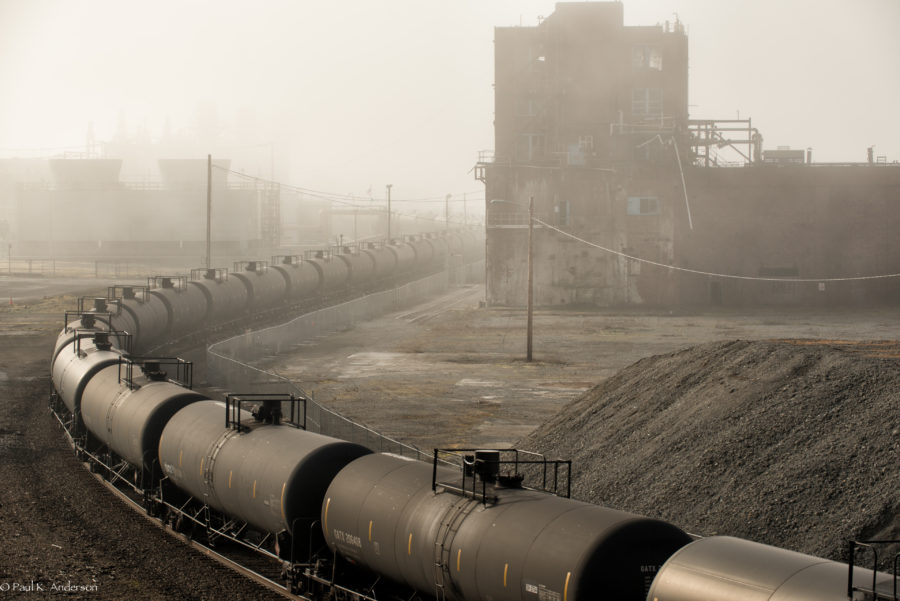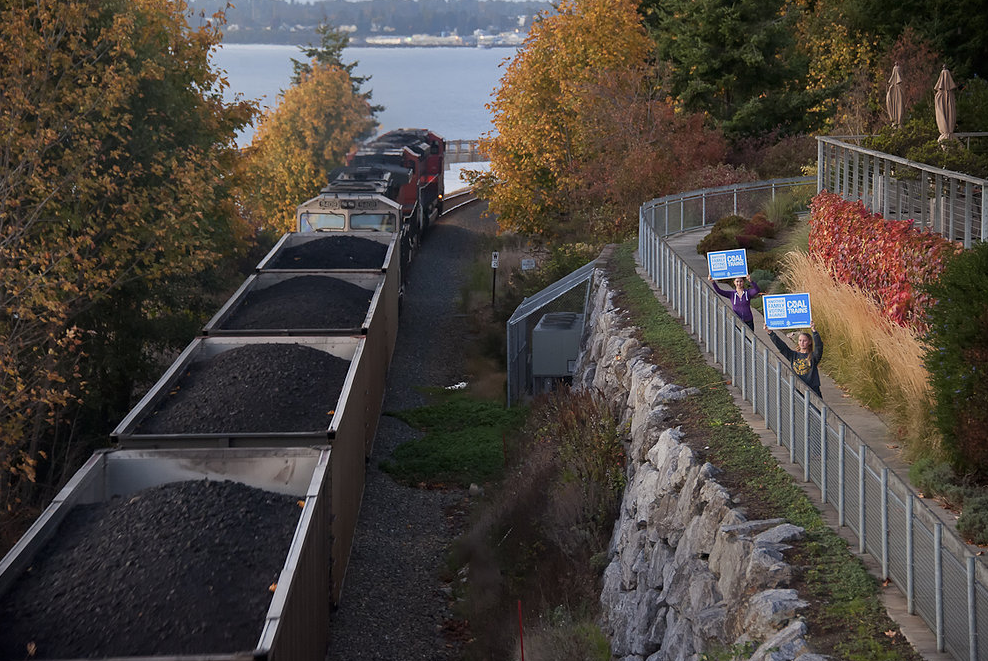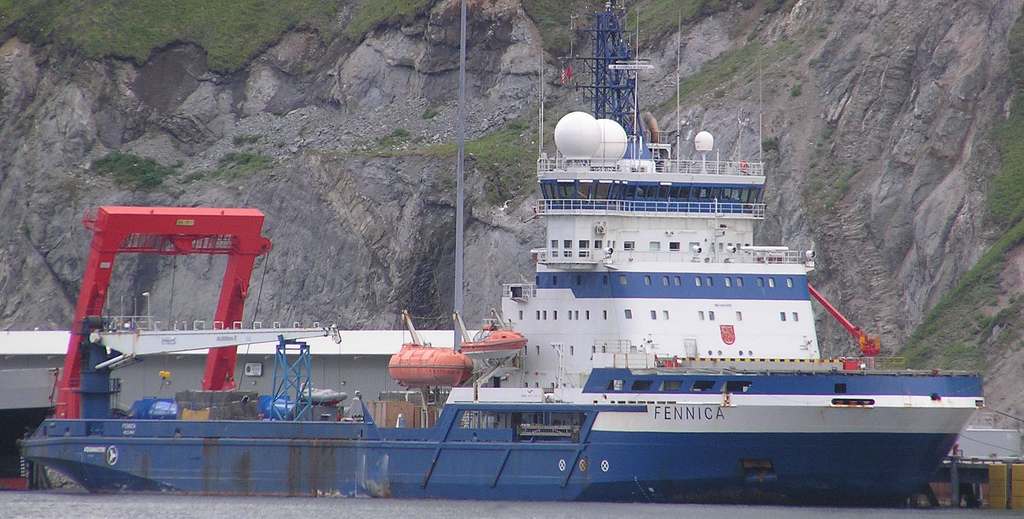“An unacceptable threat to human health and safety.” That’s how more than 300 medical professionals are describing plans to build out crude oil-by-rail facilities in the Northwest.
Responding to concerns about unprecedented oil industry expansion plans in the region—the same schemes that Sightline has been documenting—the Oregon and Washington chapters of Physicians for Social Responsibility analyzed 125 peer-reviewed medical journal articles and other reliable medical sources. They summarized the findings in a February 2015 report, “Position Statement on Crude Oil Transport and Storage,” that connects the proposed projects to increased rates of illness, health care costs, and hospitalizations.
Sightline believes the Physicians’ research is a serious indictment of the projects. So with permission from the authors, we are further summarizing some of the key findings from their research.
Train fires, explosions, and derailments
Perhaps the most obvious health risk of oil trains is their propensity for catastrophic derailments. In fact, at least 10 crude oil trains have exploded recently in North America, the best-known occurring in July 2013 when an oil train in Quebec province killed 47 people.










